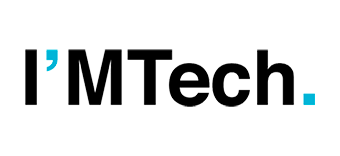The automatic semantics of images
Recognizing faces, objects, patterns, music, architecture, or even camera movements: thanks to progress in artificial intelligence, every plan or sequence in a video can now be characterized. In the IA TV joint laboratory created last October between France Télévisions and Télécom SudParis, researchers are currently developing an algorithm capable of analyzing the range of fiction […]

